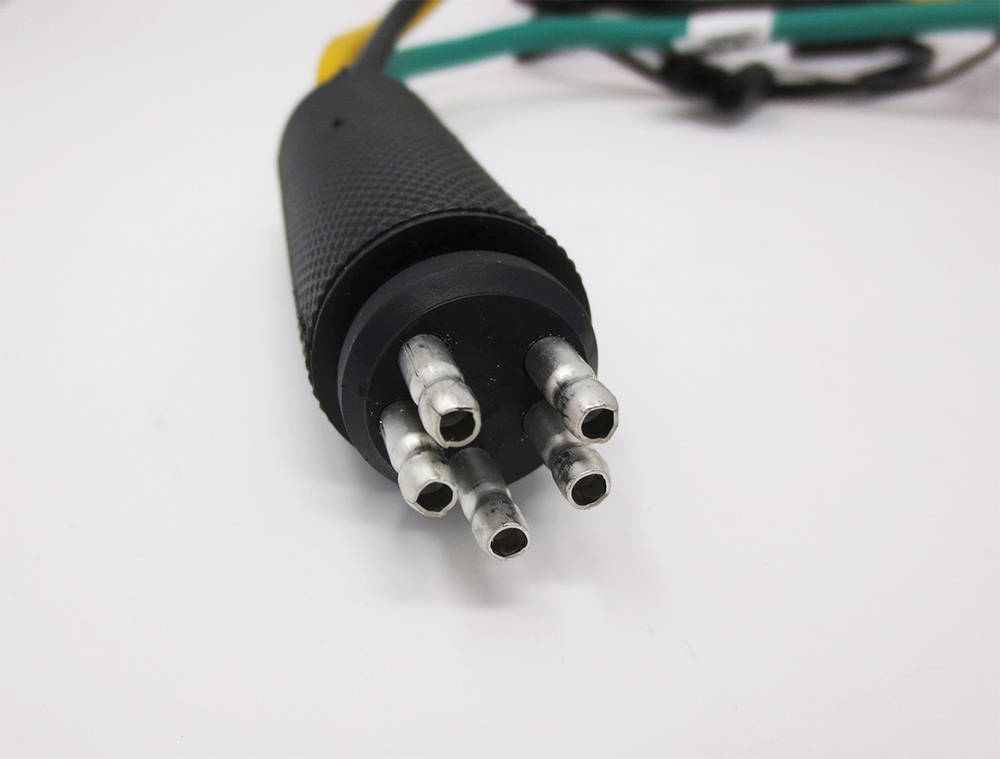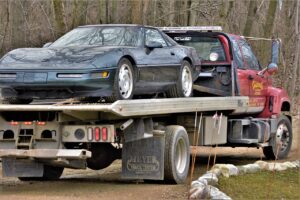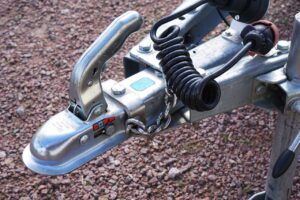Ensuring the safety and reliability of trailer wiring systems is crucial for both manufacturers and users. The Society of Automotive Engineers (SAE) standards for trailer wiring harnesses provide guidelines to ensure these systems are safe, reliable, and universally compatible. This blog post will explore the importance of SAE standards, key aspects of these guidelines, and how they apply to trailer wiring harnesses.
What are SAE Standards?
The Society of Automotive Engineers (SAE) develops standards for engineering professionals in various industries, including the automotive sector. These standards ensure consistency, safety, and quality across products and systems. For trailer wiring harnesses, SAE standards help standardize wiring configurations, materials, and performance criteria to ensure safe and reliable operation.
Importance of SAE Standards in Trailer Wiring
1. Safety and Reliability SAE standards are designed to ensure the highest levels of safety and reliability in trailer wiring systems. These guidelines specify materials, construction methods, and performance criteria that reduce the risk of electrical failures, short circuits, and other hazards.
2. Universal Compatibility SAE standards help ensure that trailer wiring harnesses and connectors are universally compatible. This standardization allows users to connect trailers and towing vehicles from different manufacturers without compatibility issues.
3. Quality Assurance By adhering to SAE standards, manufacturers can guarantee that their products meet stringent quality and performance requirements. This consistency in quality helps build trust with consumers and ensures that products perform as expected.
Key SAE Standards for Trailer Wiring Harnesses
1. SAE J560 SAE J560 specifies the requirements for 7-pole wiring connectors for heavy-duty trailers. This standard outlines the pin configuration, connector design, and performance criteria to ensure reliable electrical connections.
Key Points:
- 7-pole connector configuration
- Requirements for connector materials and construction
- Performance criteria for electrical and mechanical properties
2. SAE J1128 SAE J1128 covers the specifications for low-voltage primary cable used in trailer wiring systems. This standard ensures that the wiring used in harnesses meets specific criteria for insulation, conductor materials, and overall performance.
Key Points:
- Specifications for conductor materials (e.g., copper)
- Insulation requirements for durability and resistance to environmental factors
- Performance criteria for voltage rating and temperature resistance
3. SAE J1239 SAE J1239 addresses the standards for electrical connectors used in automotive-type trailers. This standard ensures that connectors used in trailer wiring systems are robust, durable, and capable of maintaining reliable connections under various conditions.
Key Points:
- Requirements for connector design and materials
- Performance criteria for electrical conductivity and mechanical strength
- Guidelines for connector testing and quality assurance
4. SAE J2863 SAE J2863 focuses on automotive trailer tow connectors, providing detailed guidelines for connector design, pin configuration, and performance requirements. This standard helps ensure that trailer connectors are compatible with various towing vehicles and trailers.
Key Points:
- Detailed specifications for connector design
- Pin configuration and wiring color codes
- Performance requirements for durability and reliability
How to Ensure Compliance with SAE Standards
1. Choose SAE-Certified Products When selecting trailer wiring harnesses and connectors, ensure they are SAE-certified. Look for products that explicitly state compliance with relevant SAE standards.
2. Work with Reputable Manufacturers Purchase products from reputable manufacturers known for their commitment to quality and compliance with industry standards. Manufacturers like WiringLabs prioritize meeting SAE standards in their product designs.
3. Regular Inspections and Maintenance Perform regular inspections and maintenance on your trailer wiring system to ensure continued compliance with SAE standards. Look for signs of wear, damage, or corrosion, and address any issues promptly.
4. Stay Informed About Updates SAE standards are periodically updated to reflect new technologies and industry best practices. Stay informed about any changes or updates to ensure your trailer wiring system remains compliant.
Conclusion
Understanding and adhering to SAE standards for trailer wiring harnesses is essential for ensuring the safety, reliability, and compatibility of your trailer’s electrical system. By choosing products that meet these standards and maintaining your wiring system properly, you can enjoy a safer and more efficient towing experience. For high-quality, SAE-compliant trailer wiring harnesses, visit WiringLabs and explore our range of reliable and durable products.




